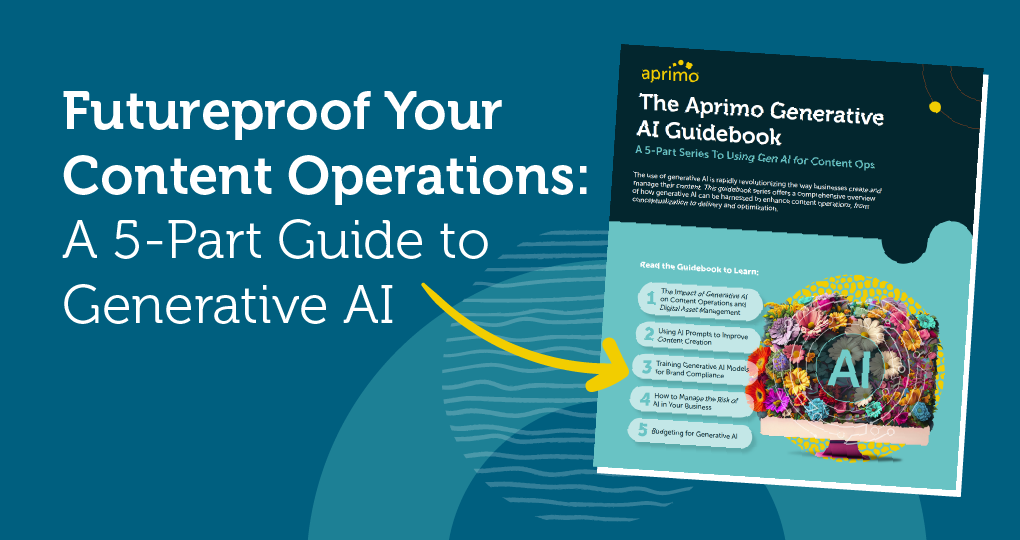Soft Skills for DAM Professionals: Collaboration, Communication, and Change Management

Gone are the days when employers only looked for hard skills in potential hires. Today, soft skills are just as critical. McKinsey data shows that HR professionals have difficulty finding employees with three soft skills: problem-solving or critical thinking, the ability to deal with ambiguity, and communication.
All these skills are extremely important for digital asset management (DAM) professionals. After all, your job is to collaborate and communicate. So, it makes sense for you to know how to work in a team and communicate effectively with everyone.
Digital asset management roles usually include managing digital content, organizing assets, collaborating with diverse teams, and maintaining databases. These roles require soft skills like change management, communication, collaboration, team management, and conflict resolution.
Possessing these skills can make DAM professionals more efficient at their jobs. On top of that, soft skills enhance their abilities to communicate and collaborate with diverse groups of individuals. Efficient collaboration facilitates smooth workflow and enables DAM specialists to build relationships with other teams.
Forbes reports that soft skills are in high demand because they are transferable and provide career longevity. So, there’s no reason for DAM professionals not to work on improving soft skills.

Collaboration: A Key Soft Skill for DAM Professionals
Collaboration is a key soft skill for professionals working with a digital asset management system. However, the Harvard Business Review reports that leaders struggle with collaboration because of its complexity.
Collaboration isn’t only limited to communication. It also includes:
-
Active listening
-
Shared problem-solving
-
Conflict management
-
Humility
-
Self-regulation
-
Adaptability
-
Empathy
-
Resilience
Collaboration is integral in DAM since the whole point of a central DAM system is to create a shared environment for teams to work together efficiently.
A combination of these components can make DAM professionals better at collaboration. They can also employ the following strategies to foster collaboration within DAM software.
-
Hold regular team meetings: Discuss ongoing projects and inform everyone about any changes or updates within the DAM system.
-
Recognize and reward: If a team member has contributed extraordinarily, recognize and reward them for boosting motivation.
-
Establish common goals: Working toward the same objectives is integral to effective collaboration. DAM professionals should align their goals with the team to foster collaboration.
-
Encourage feedback: Curate feedback channels to give room for the team members to vent out their concerns and suggestions.
Effective Communication Strategies for DAM Professionals
O
Communication is another important component of a DAM system because it forms the foundation for collaboration and smooth workflow. Communication can take various forms, such as verbal, written, or visual, but the underlying goal is always the same: to convey information and ideas effectively. Everyone needs to be on the same page to implement it successfully.
The following strategies can make communication smooth and confusion free:
-
Train the teams: Before implementing digital asset management software, train everyone on its use. It will save you a lot of time and hassle later on.
-
Create a metadata standard: How will you label your assets? What should be the naming convention? A metadata standard helps everyone navigate and locate digital assets easily.
-
Use communication channels: In-DAM communication is excellent. But it’s not the only communication channel there is. Use other tools like email and chat to communicate with teams working remotely.
-
Ensure cross-functional collaboration: Make sure different teams, like IT, design, sales, and marketing, collaborate with DAM professionals.
-
Use visual communication aids: Not everyone understands jargon. Use visual aids like flowcharts and infographics to communicate complex ideas.


Change Management in the Context of DAM
In DAM terms, change management means keeping track of changes to digital assets, metadata, workflows, and access controls. Changes are inevitable because as your digital asset library grows, your organization may need to add new assets, update existing ones, archive outdated assets, or even delete some assets.
Here are some helpful change management practices for DAM professionals.
-
Documentation: Document every change made to the DAM platform. Even if it’s something as small as changing an image file version, document it.
-
Version control: Keep track of different versions of digital assets. It will help you revert to a previous version if needed.
-
Audit trails: Audit trails monitor all changes made in the DAM workflow. They also show who made these changes and when.
-
Regular audits: Conduct regular audits of your DAM software. Make it a bi-annual or quarterly thing.
Integrating Soft Skills Into DAM Workflows
Soft skill development doesn’t come overnight. It’s a continuous process. There are many ways to integrate these skills into professionals working with DAM software. Here are some helpful tips.
-
Promote active listening: Train team members to actively listen and respond to each other using tools like web conferencing. The executives should also promote this culture.
-
Be flexible: Your team needs to be flexible and adaptive. Trends change every day, and so should your DAM workflows. When that happens, your team should be able to adapt quickly.
-
Set communication guidelines: Emphasize the importance of communication within your team. Set guidelines on how, when, and with whom team members should communicate.
-
Use conflict-resolution techniques: Conflicts will inevitably arise ? you can’t avoid them. The best way to deal with them is to use conflict-resolution techniques like seeking a mediator and finding common ground. Hold regular conflict-resolution training for your team.
-
Foster change: Be open to change and motivate your team to do the same. Changes in technology or processes are hard to avoid, so your only resort is to embrace them. Be a change agent, and your team will follow suit.
Keep in mind that all changes should be documented. Whether you’re changing access control permissions or revamping the whole DAM system, document everything. It will bring everyone up to speed quickly and save you a lot of trouble in the long run.




